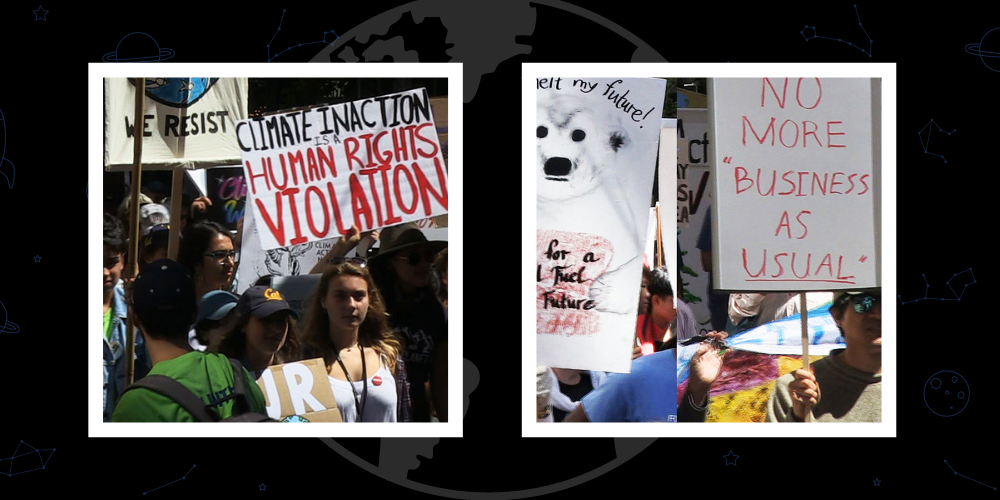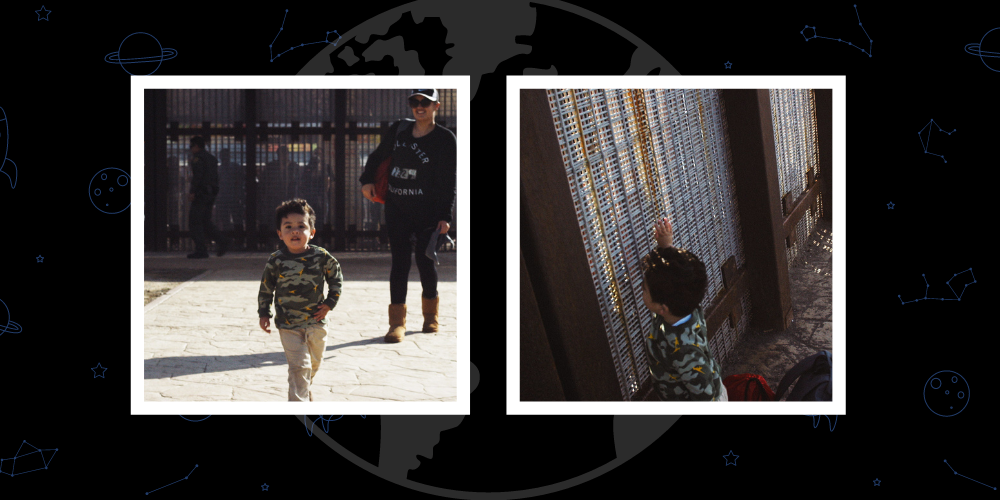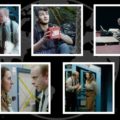החודש, הקהל יכול להקרין The Future of Human-Robot Collaboration בכיתה פלנט. This title is curated by Planet Classroom.
ב AI For a Better World: The Future of Human-Robot Collaboration, host C.M. (קאתי) Rubin interviews David Hanson, founder of Hanson Robotics, and Sophia, the world’s first robot citizen. They discuss AI-human collaboration, ethical AI development, and the future role of robots in education and creativity. Discover the transformative potential of AI in our world.
כאמן, ניקולס אולאבריו, the producer of the video, says he wears many hats. He is a graphic designer, an illustrator, ועורך וידאו. כמו אמנים רבים ברחבי העולם, החלום שלו הוא להמשיך ולהפוך את התשוקה שלו ליצירתיות למקצוע לכל החיים.
גלובל החיפוש לחינוך is pleased to welcome back Nic Olavario.
ניק, what were some of the key creative decisions you made during the editing process to ensure that the episode effectively conveyed the insights and themes discussed by David Hanson and Sophia?
When asked what inspired David to create Sophia, he said he was inspired by “mythos and ancient stories as well as science fiction.” I wanted to do some follow-ups to see if there were any specific stories that he had in mind so I could include them in the video. He answered, “I was also inspired by VALIS by Philip K. Dick and the autobiographical recollections of PKD’s experiences encountering the real VALIS AI God and his portrayal of the SOPHIA Spirit of Wisdom.” He also mentioned being interested in many different areas and disciplines, so I asked for photos of his artwork, which included his drawings, paintings, and sculptures. While these only lasted for a few seconds on the screen, adding these personal details helped make the video more interesting.
Can you describe your process of integrating A-roll interviews with B-roll footage and additional animations or montages? How did these elements enhance the storytelling?
I wanted to include B-roll that is the direct visual representation of what was being said in the A-roll interview, not just clips and images that are on topic but don’t help the viewer grasp what is being said. If used correctly, sometimes B-roll with a different topic can effectively communicate the emotion and thoughts that the speaker is trying to convey. In this case, instead of only using videos of Sophia and David, I incorporated some short films from the Planet Classroom Network YouTube Channel.
Were there any particular moments or segments from the interviews with David Hanson and Sophia that stood out to you during the editing process? How did you choose to emphasize these moments?
What stood out to me the most was when they talked about how much AI would be intertwined with society in the future. AI and robots and all these futuristic things seemed like they were only possible in movies just a few years ago. Now they are here, evolving rapidly, and will only continue to do so. This can be scary but also exciting, and I wanted to use clips of what that approaching future would look like—technology that makes the world better.
How did you approach the challenge of visually representing complex concepts discussed in the episode, such as AI-human collaboration and ethical AI development, through animations and montages?
Many artists do not like AI being used in art because it learns by taking their hard work to create its own in an instant, even if they don’t want it to, which is unethical. I wanted to show that this is different because David and his team select which images are used to create generative images and that humans are involved in the process of Sophia learning art and music and other things through their interactions with her.
תודה לך, ניק!
C. M. רובין וניקולס אולאבריו
אל תחמיצו The Future of Human-Robot Collaboration, זורם כעת ברשת Planet Classroom. הסרט הזה אוצר על ידי Planet Classroom.







תגובות אחרונות